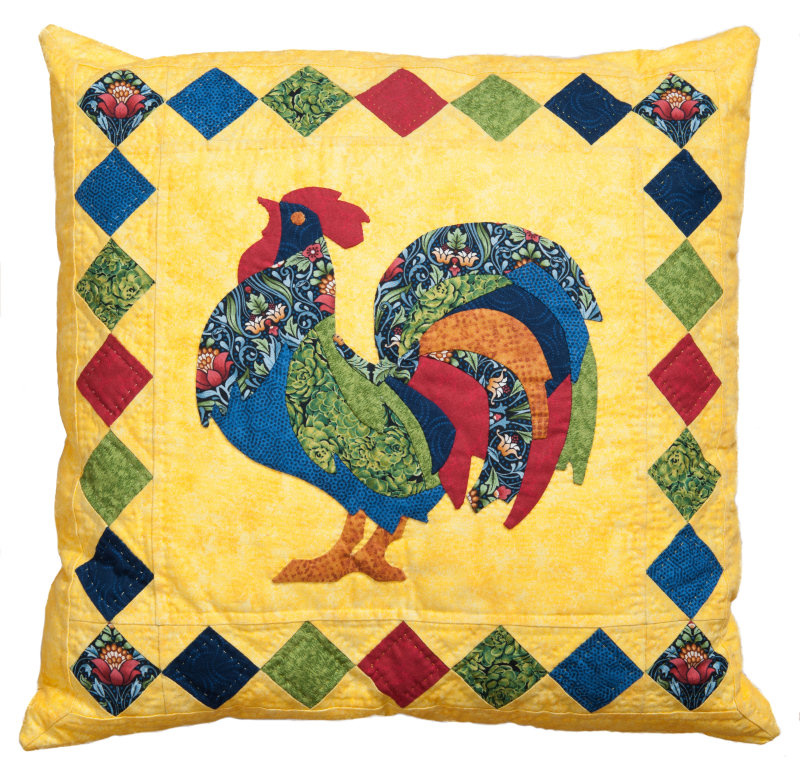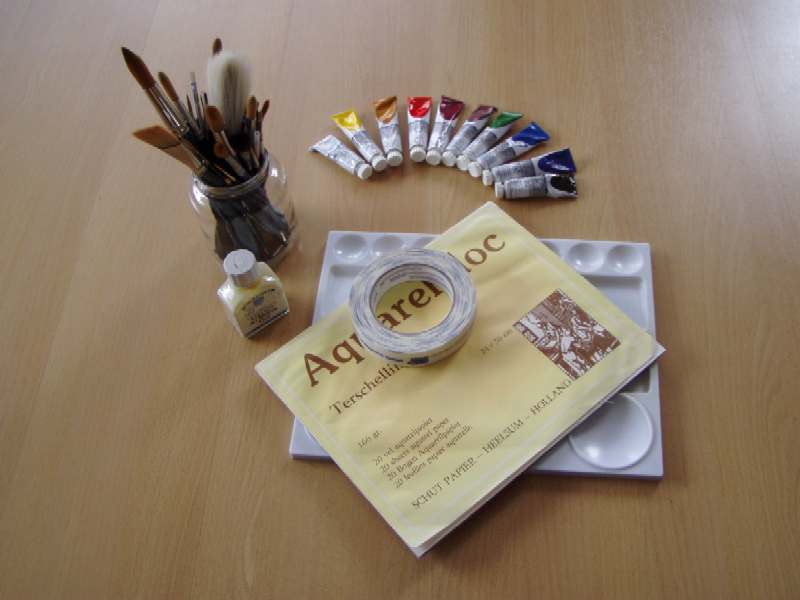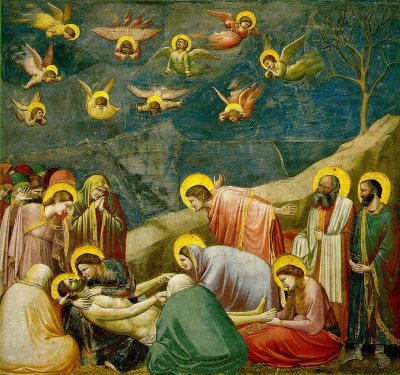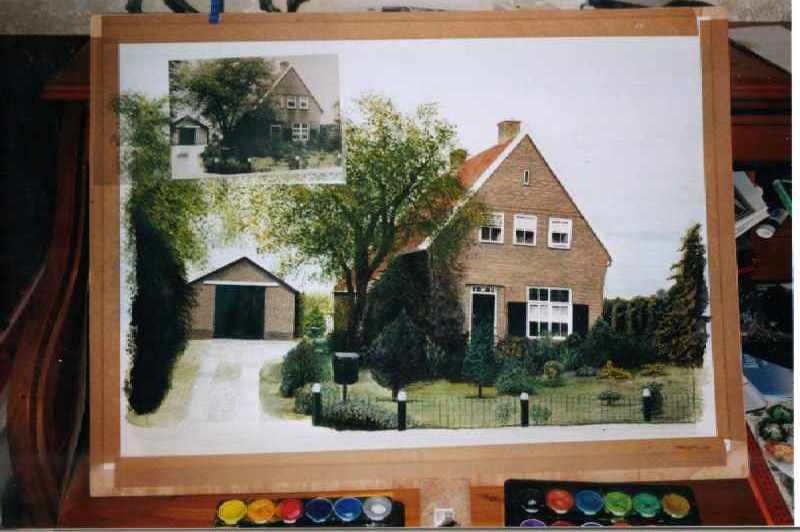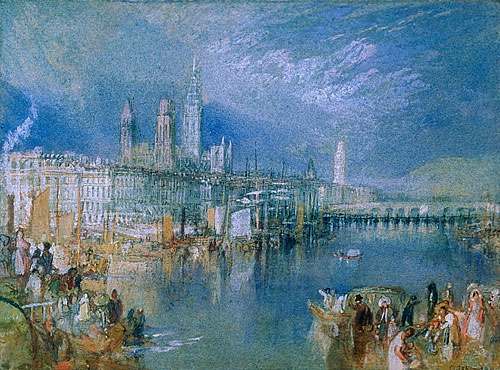Already used by the ancient Egyptians and Persians and by medieval miniature painters, gouache became popular again in the 18th century, especially in France. This is also where the name originated. The name gouache is a French corruption of the original Italian word "guazzo," which means puddle or pool. Although the term originated in 18th-century France, the technique appears to have been used as early as the 16th century. In France, gouache was used by painters to create designs for frescoes. The paint surface of gouache resembles the matte and brightness of a fresco. The client could get a good idea of the final result of the fresco through the gouache design. Even in the 20th century, there has been a strong revival of this technique, sometimes in combination with watercolor techniques. A fresco is a wall painting. The fresco technique involves painting on a damp medium, usually still wet plaster. The pigment was partially absorbed into the wall. Frescoes are very durable due to this technique. Because the painter had to work quickly, a full-size sketch was often made beforehand and transferred onto the lime layer. Next to this, you see an example of a fresco made by Giotto, called “Lamentation for Christ.”
|
A dry gouache layer has a completely matte appearance. Gouache owes its characteristic matte appearance to the large amount of pigment this type of paint contains. However, because of this, it cannot be painted in thick layers, as the paint layer would otherwise crack. Due to this thin layer, the texture of the substrate, usually paper, is visible in the final image. Despite this thinness, a dry gouache layer covers quite well, that is if the paint is not too diluted. Gouache paint dries slightly lighter than it appears when still wet. It is therefore extremely difficult to mix the same color. By diluting gouache like watercolor paint and working in multiple layers, particularly beautiful and realistic effects can be achieved. Caution is also required here because dry gouache, like dry watercolor paint, dissolves quickly when painted over. A distinctive difference between watercolor and gouache is that light areas in a gouache are always achieved by mixing with white. If you want to apply a thick layer of gouache, you can use a thickening medium for this. Here you see a photo-realistic gouache made by Chris Brilman.
|
A well-known painter who also worked with poster paint was J.M.W. Turner (British, 1776–1837). He mainly used it on colored paper. Next to this, you see one of his works, titled “Rouen, Looking Upriver,” made around 1832. The artwork is owned by Tate, London. To protect gouache artworks, you can provide them with a varnish layer, but this is not necessary. It is best to store works flat and with a protective layer of paper between your pieces in a special drawing folder. Like a watercolor, a gouache is very sensitive to moisture. So, make sure they are stored in a dry place.
|



